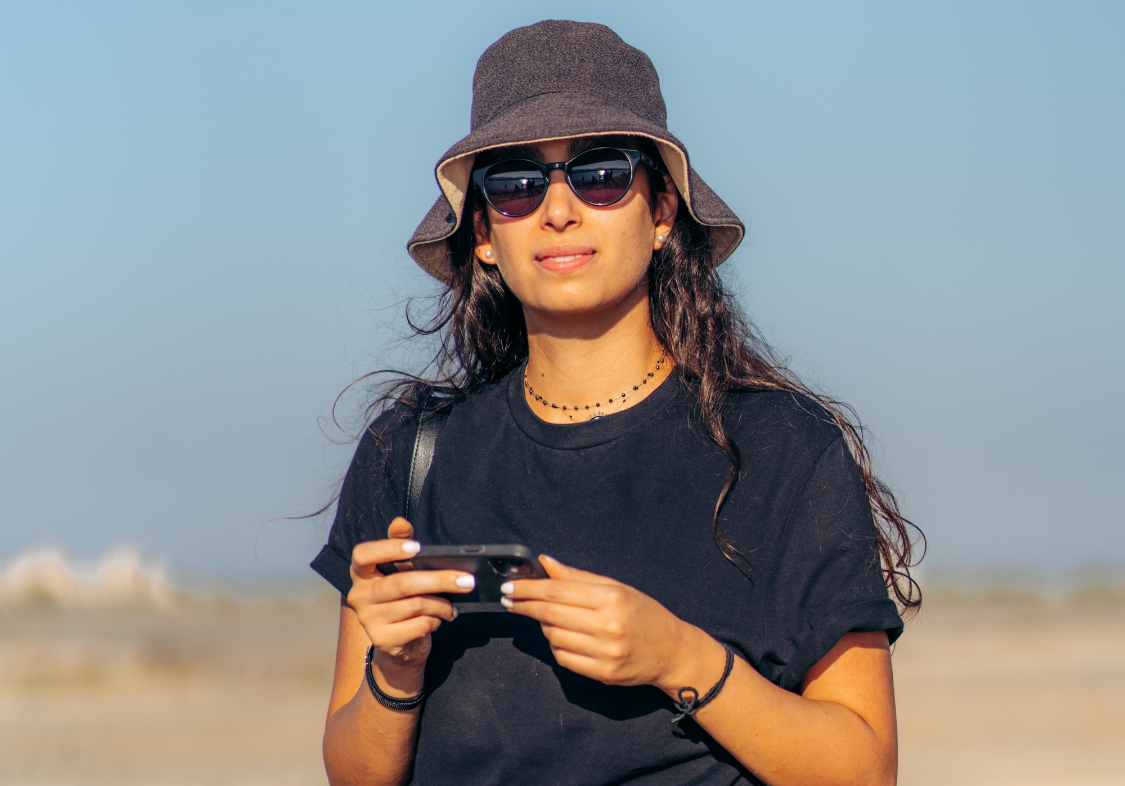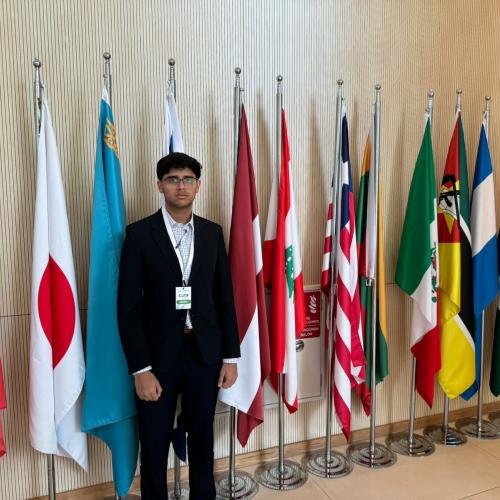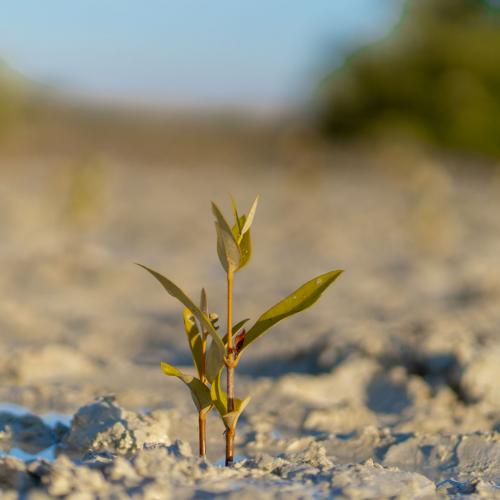Next Steps for Mangrove Restoration in the UAE
By Gheeda Jaouhari
Project Manager, Emirates Nature–WWF

Gheeda is part of the conservation team at environmental charity Emirates Nature-WWF, where she oversees initiatives to protect and preserve mangroves and associated habitats. She firmly believes that preserving nature is essential for the health and well-being of humanity, and encourages more individuals and entities to prioritize conservation.
The Transformative Impact of Science-Driven Conservation
The International Day for the Conservation of Mangroves serves as a critical reminder of the multiple benefits that mangroves and their associated habitats bestow upon us.
Our conservation approach at Emirates Nature-WWF is rooted in science and characterized by collaboration with esteemed partners and local communities. It blends local ecological knowledge with best practices to boost the long-term success of restoration and management efforts. For instance, it recognizes the importance of habitat connectivity in carbon sequestration, considers multiple criteria ranging from blue carbon potential and biodiversity features to land tenure and socioeconomic impacts when selecting suitable sites for restoration.
Early results from our work with the Priceless Planet Coalition indicate this approach works, with the survival of saplings reaching as high as 92% in one of our key conservation sites in Umm Al Quwain.

Why Does It Matter?
The successful restoration of mangroves and their associated habitats unlocks multiple opportunities for climate mitigation, adaptation and biodiversity as well as sustainable economic growth across key sectors including agriculture, fisheries, ecotourism and public recreation, amongst others.
The restoration of these ecosystems is considered an essential Nature-based Solution (NbS) in the UAE and features prominently in the national climate action plan, the UAE’s Nationally Determined Contribution (NDC), reflecting the national priority to conserve these vital habits at scale – in line with national and global biodiversity targets.

What’s Next for Mangrove Restoration?
As Emirates Nature-WWF, our plans are already underway to explore different planting techniques: from planting mangrove saplings, to planting seeds manually by hand in clusters, to monitoring saplings and restoration sites using drones.
We also seek to assess the strengths and weaknesses of conservation sites through monitoring and analysis of soil and water samples, topography, hydrology and other parameters.
All around us, technology, science and innovation are evolving at game-changing speeds, with far-reaching implications for conservation. We are excited about the possibilities they present and look forward to further accelerating the scale and success of ecosystem restoration.




